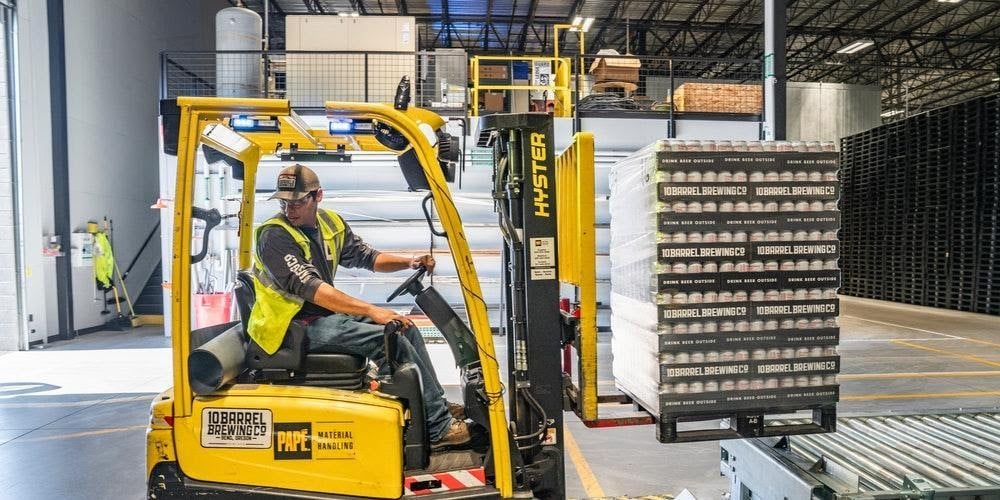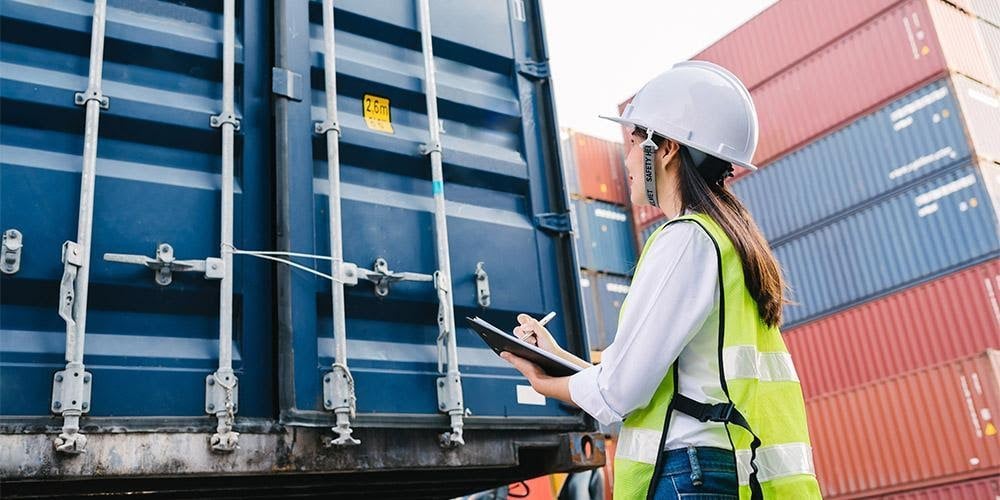
In what has to do with transport and movement of goods, there are different types of logistics focused on performing numerous duties while taking into account the needs of each business. In this article, we will tell you the specifics of the supply logistics, which has a vital role in the transportation of goods.
Supply and Logistics
Supply logistics refers to all the actions or operations that allow a company to secure supplies and raw materials required to carry out its manufacturing activities or sales of products.
There are different challenges in the supply logistics process such as: forecasting procurement needs of essential materials, planning and shipping inputs, delivery checks at distribution centers and payment of supplies.
The entire process can be very intricate, which is why it is recommended to look for a freight forwarder that can provide you with their specialist support in multiple matters such as forecasting and planning what raw materials and other needs the company may have, making purchases and ensuring each of them has been received accordingly. Just as important, supplies must be sent to all the company’s factories or headquarters for their use.
Although the main function of procurement is purchasing the goods necessary to manufacture a product, the difference in this process versus other types of logistics, is that procurement ensures available warehousing space not only for raw materials but for the finished product as well.
Besides, if logistics operators plan and execute procurement appropriately, this will result in sound inventory management which will in turn make it easy to know when it’s time to order more materials, which supplies are still in stock, among other aspects that contribute to having a better control over inventory.
What are the 3 types of purchasing?
1. Just-in-time
Raw materials are purchased depending on the business needs. This means they aren’t warehoused, thus reducing costs, but increasing the risk for a company of facing a shortfall or becoming dependent on its suppliers.
This type of purchasing can be used in all industries, but it’s ideal for businesses that use perishable goods such as restaurants, although companies like Toyota also use this operative model to manufacture vehicles.
2. In sync with production
Production sets the pace and volume of buying supplies. It’s important to rely on planning, established and rigorous times for the supplier to deliver the goods.
This type of purchasing helps lower warehousing costs and prevents shortage problems by scheduling activities so that the company can carry on at its own speed. A basic example occurs in retail stores and supermarkets, where after every previously agreed periodicity suppliers come to stock them.
3. Safety stock
This system is ideal for those companies who wish to guarantee the stock of raw materials. Therefore, they purchase additional items. This reduces inconveniences as a result of contingencies such as delays, stockouts, market demand, complications at customs and logistics operators, etcetera.
Nevertheless, it requires higher warehousing expenses, tighter control and management over general operations and in each area of the company, from procurement, running through manufacturing and production in the supply chain and all the way to marketing end products.
Part of this system’s main problem is there may be losses of the supplies themselves and their quality due to negligence, inappropriate stock management, delays with cargo agents, among others.
Being an accomplished freight forwarder for so many years in the industry, Akzent can help you to clear up all your doubts in supply logistics, and can also assist you with cargo agents who will take care of your import and export operations and other logistics services you need.
Related
NEXT POST
The Role of Big Data in Global Logistics











